A Crystal Palace house draws on frugality and an unconscious ‘collage’
Designed by 31/44 Architects, Six Columns is a Crystal Palace house that merges modern architecture with a brutalist approach
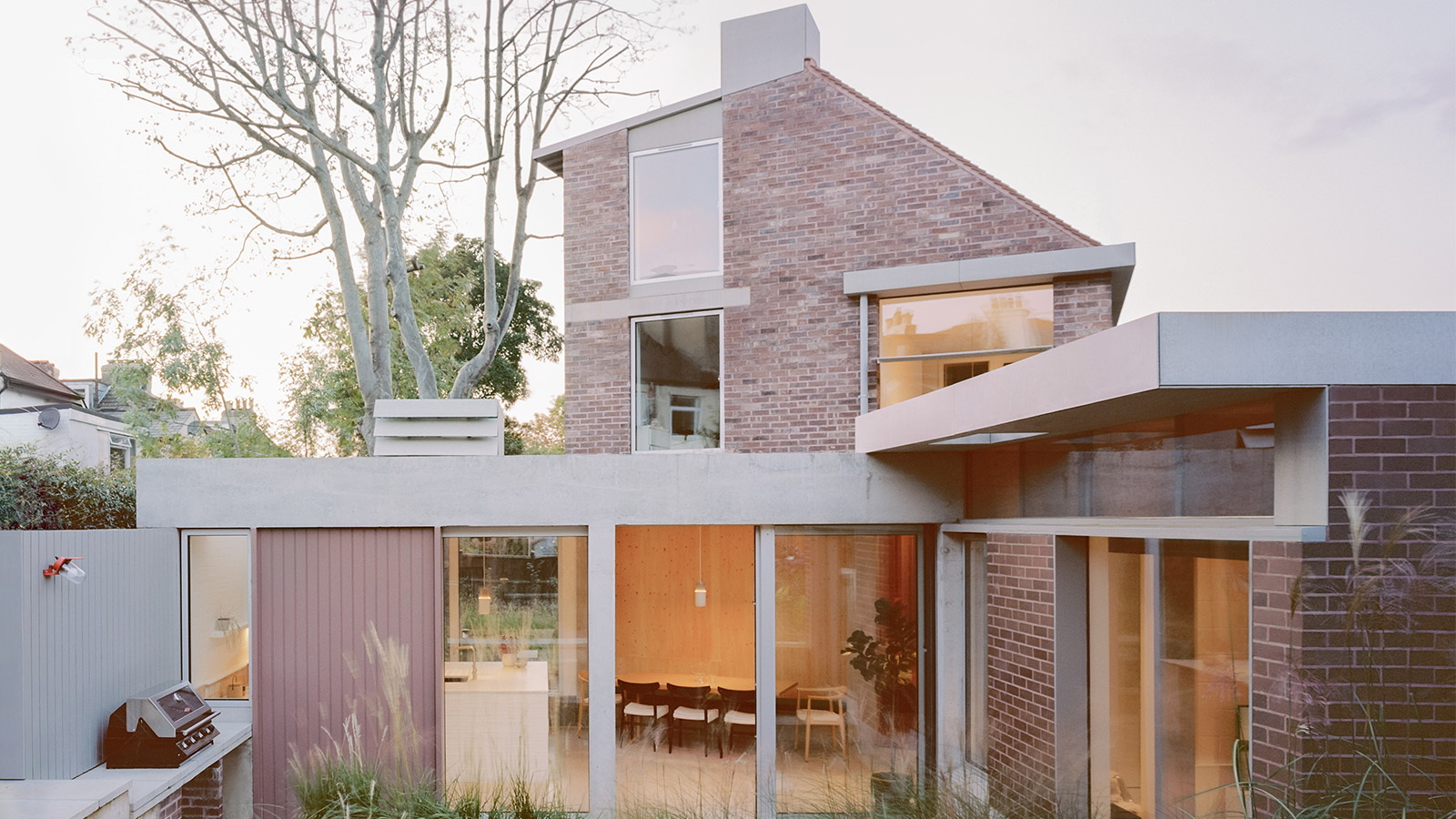
For this Crystal Palace house, 31/44 Architects have worked their magic on yet another under-used plot (a practice speciality) – this time for themselves. Six Columns is the new family home of the firm’s co-founder Will Burges.
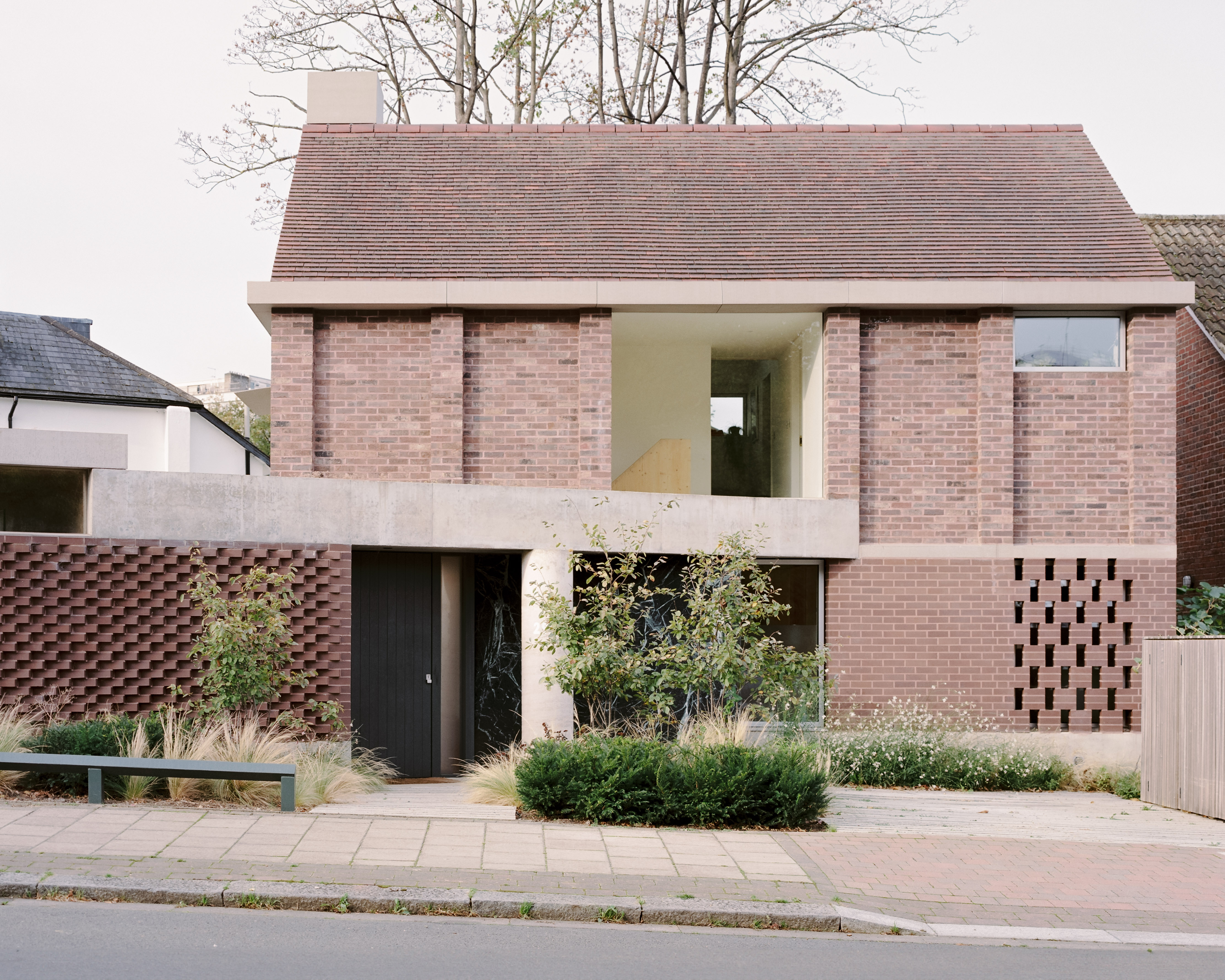
Tour Six Columns: a Crystal Palace house by 31/44 Architects
The 1,640 sq ft house sits on the site of a big side garden in the south-east London district. Its design is informed by its semi-detached neighbours, the family’s previous experience of open-plan living, and Burges’ memories of buildings visited and studied. He explains that this wasn’t 'a conscious collage, but as an architect you accumulate baggage'.
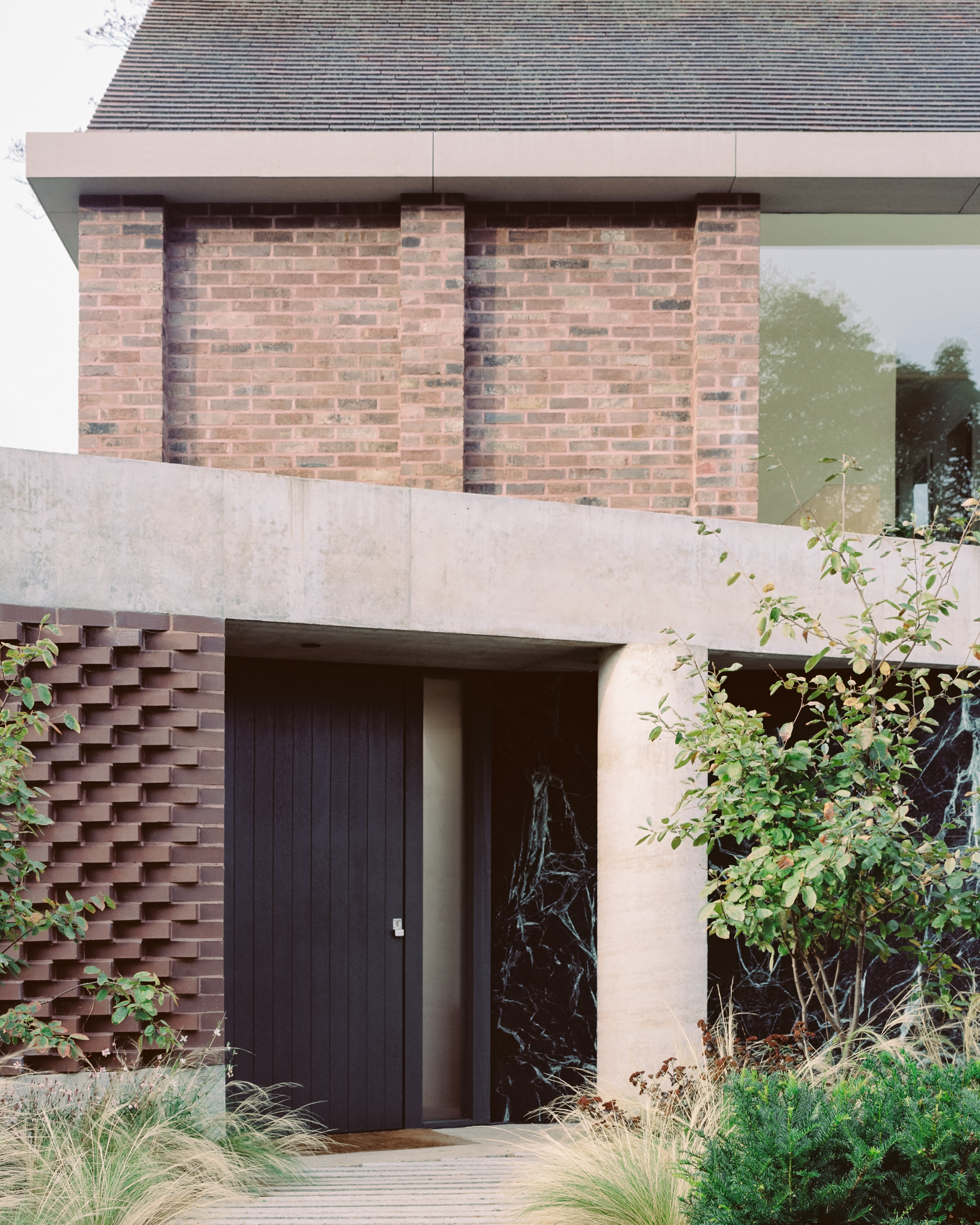
From the wide road outside, the new house looks fairly consistent with its semi-detached neighbours, sharing the same roof pitch and heavy eaves.
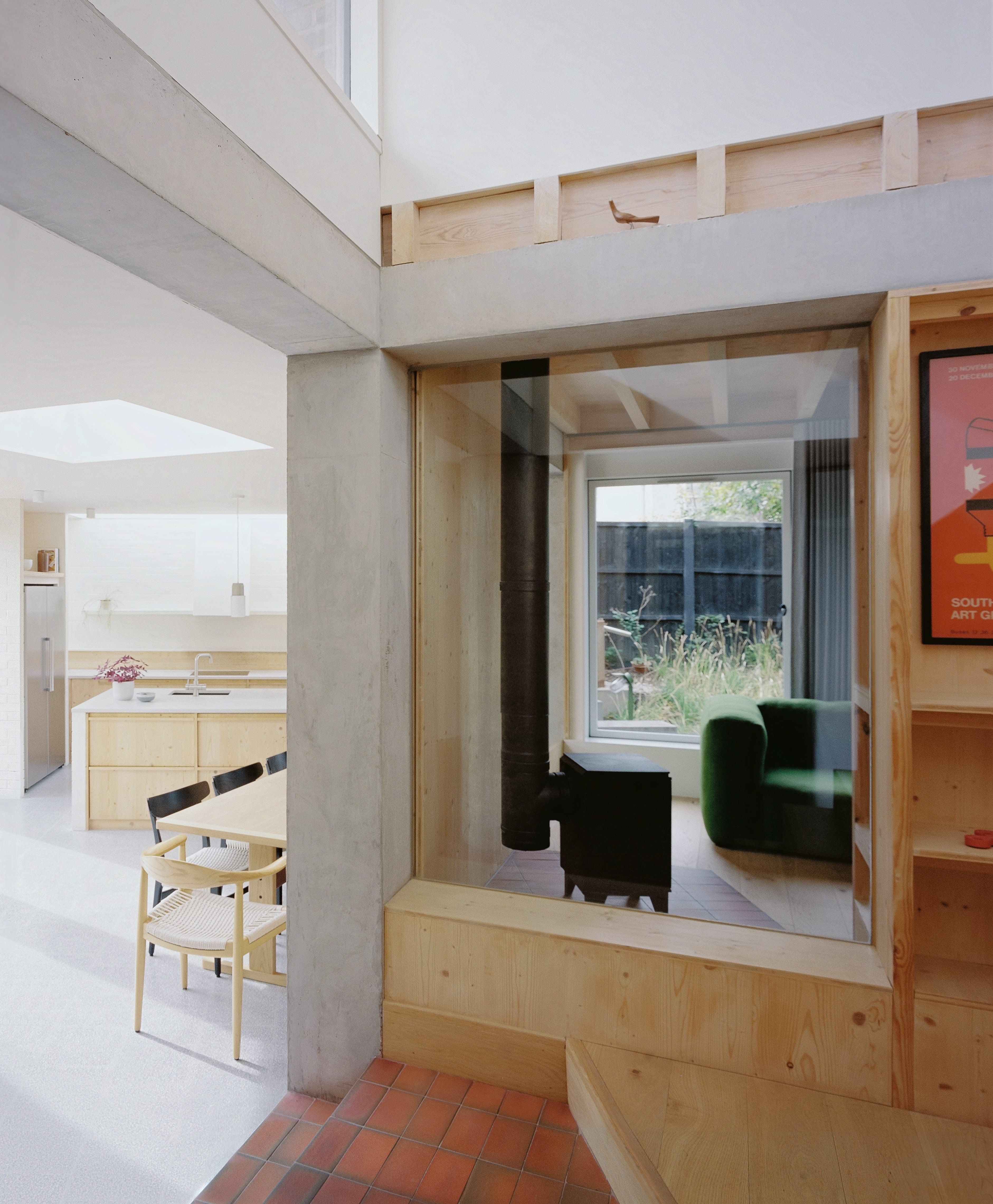
Six Columns’ brick, called Tudor Black, is super-smooth on the lower part, while the bricks above are rougher and have more variety. The pink mortar matches the bricks’ tones, 'so it’s more about the surface and the relief than individual graphic of the brick', Burges says.
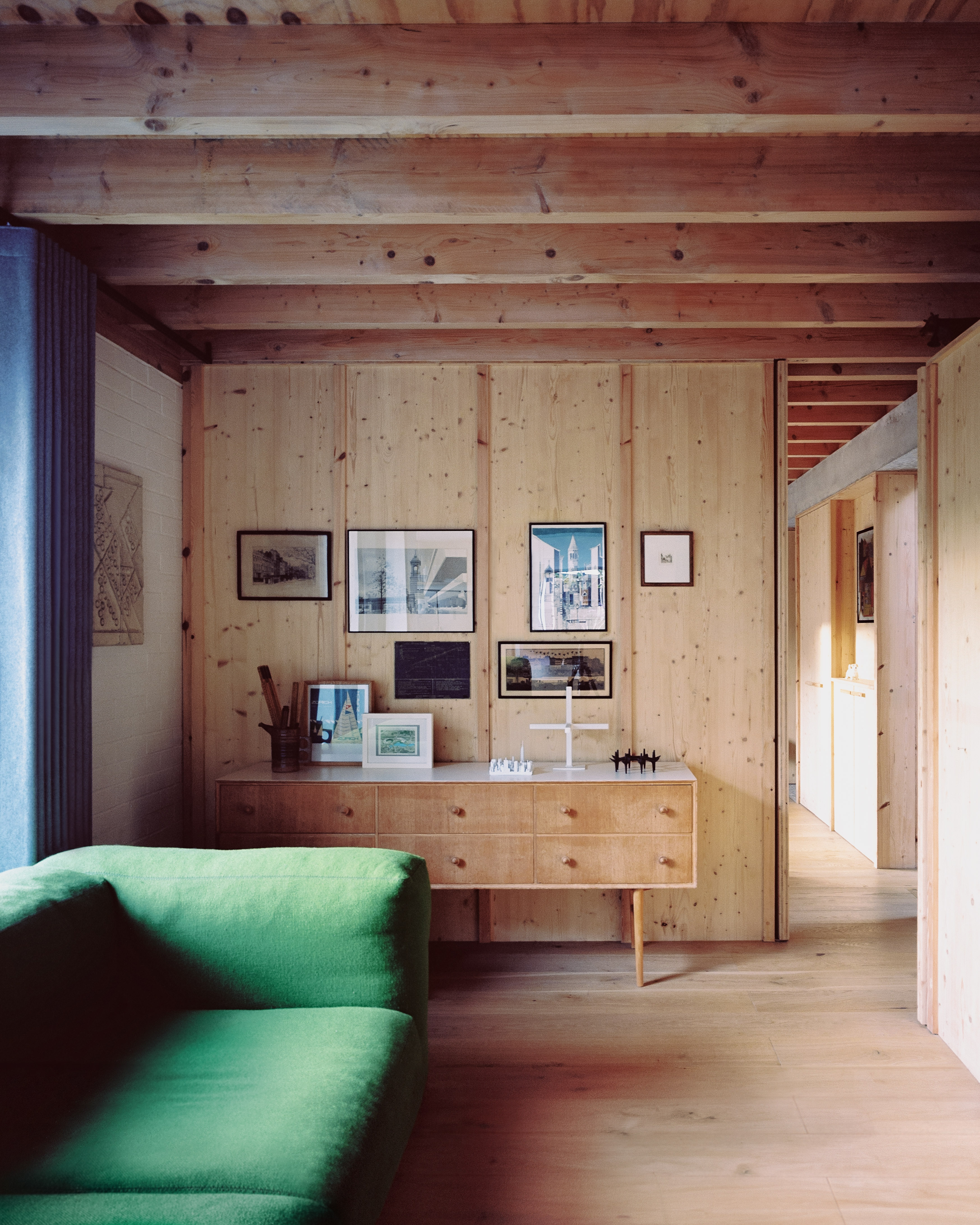
To get the most out of its sloping trapezoidal site, the house twists and steps. Inside, Burges’ brief to himself was to create a variety of rooms that 'could be shut down and had a different character'. Social spaces have been prioritised: 'We didn’t want a luxury bedroom suite.'
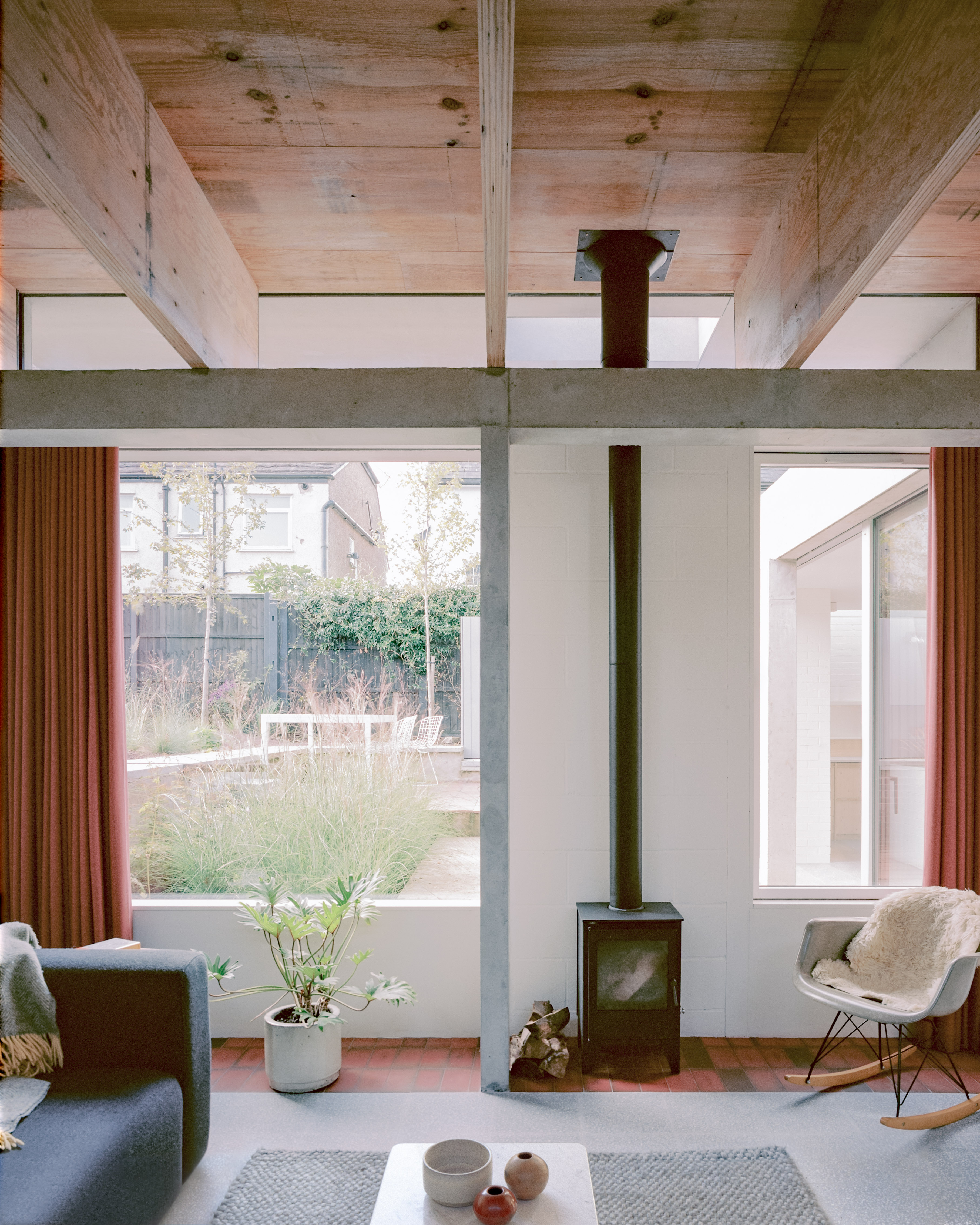
The modestly sized rooms have many views between internal spaces, and onto the flat green roofs of lower volumes and beyond. The dual-aspect kitchen-dining area has natural light coming in from the side and rear gardens.
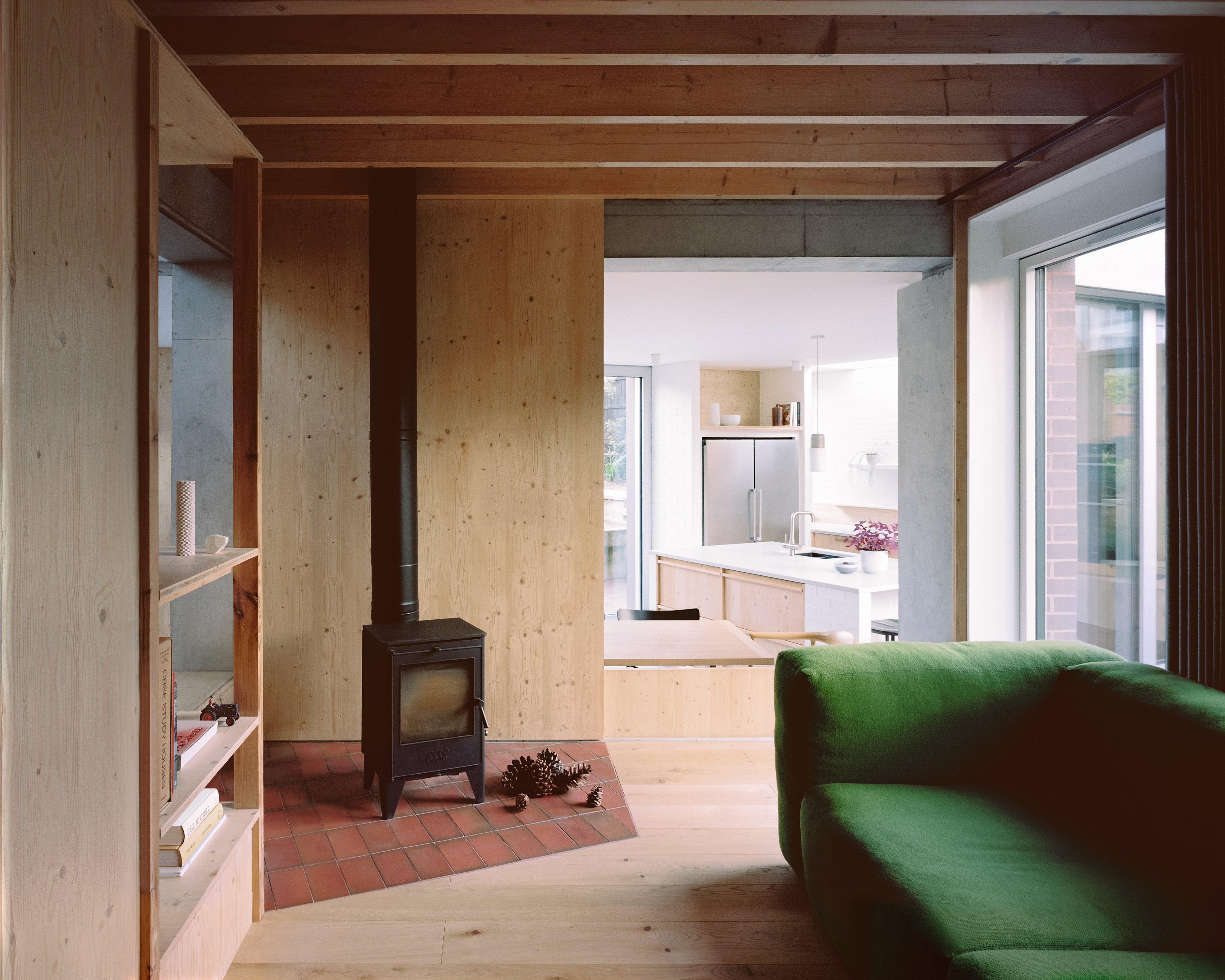
On the ground floor, there’s a brutalist architecture approach to the finishes, with exposed, self-finished materials such as painted brick, spruce panelling and a concrete frame, while joinery subdivides the spaces. Like those pioneers of British brutalism Alison and Peter Smithson (designers of the Smithson Tower, formerly the Economist Building), Burges was after 'a frugal use of materials, to allow them to speak for themselves'. The joinery details were inspired by Enzo Mari’s self-design furniture project, Autoprogettazione, and early modern joinery by Le Corbusier.
Receive our daily digest of inspiration, escapism and design stories from around the world direct to your inbox.

The first floor has a calmer feel, he says, through the use of plasterboard. Then leading to the top floor are playful, staggered paddle stairs painted bright green. Up here, a skylight draws heat up through the house.
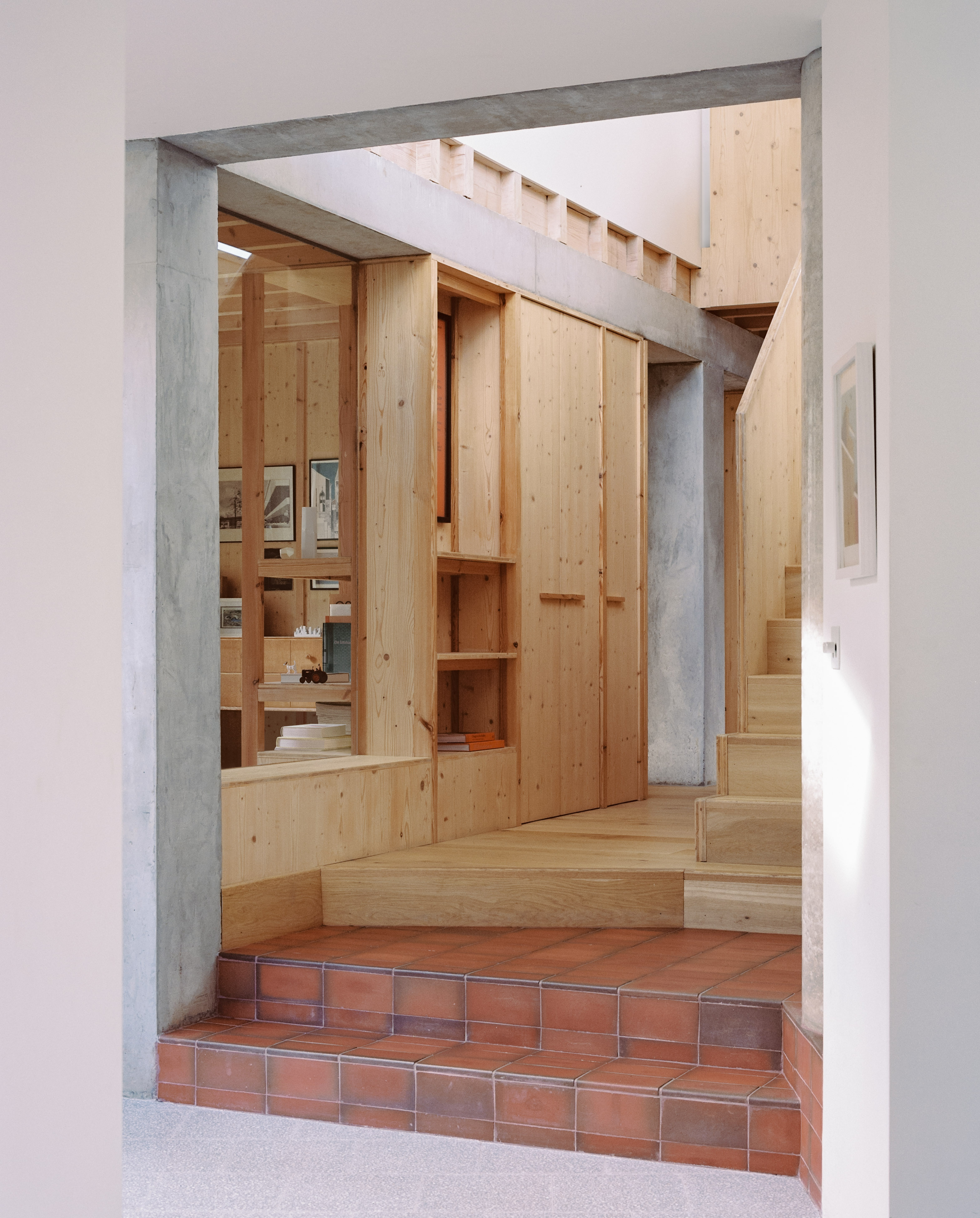
However, Six Columns is not completed in the usual sense. 'The ethos behind the design is that it will always remain unfinished, its interiors a loose fit that can adjust to future requirements and tastes,' says Burges.
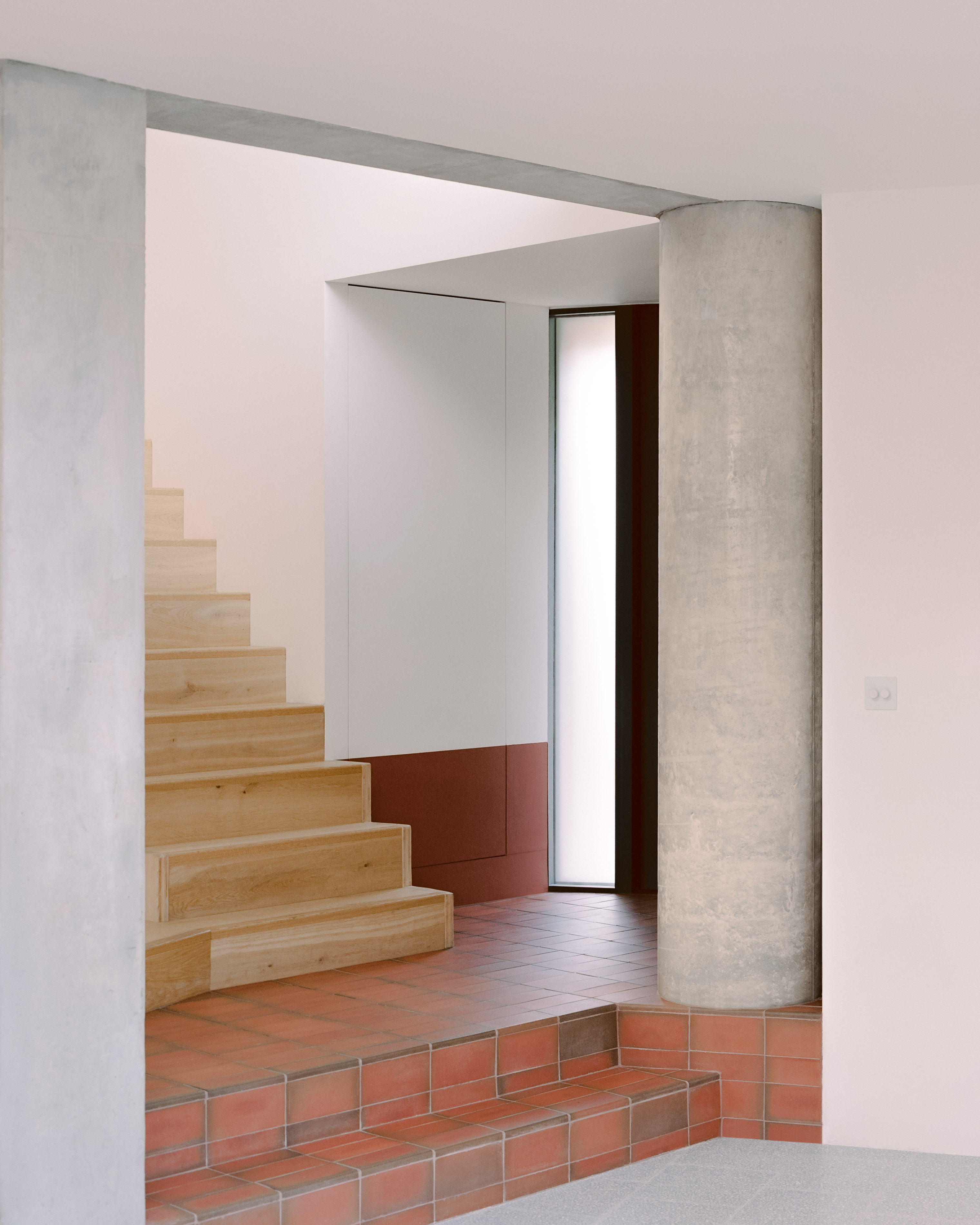
The name is in honour of the house’s columns, starting with the mis-matched pair by the front door, and is a nod to Six Pillars, the 1930s modernist house by Berthold Lubetkin’s Tecton practice on the nearby Dulwich Estate.
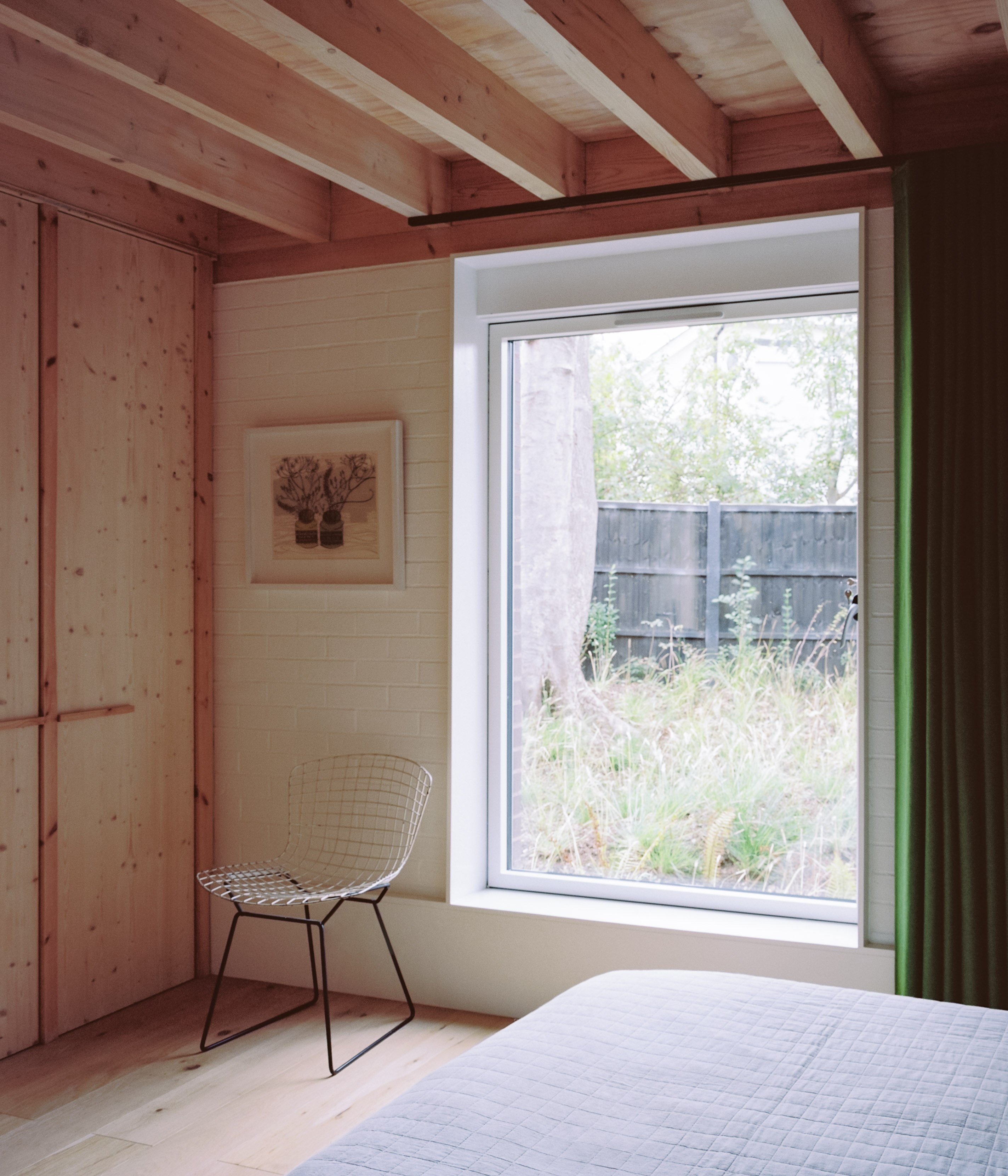
31/44’s other houses on tight south London sites include the Corner House in Peckham, and the Manser Medal-winning Red House in East Dulwich. Meanwhile, for Six Columns, the practice has picked up the RIBA London Small Project of the Year.
Clare Dowdy is a London-based freelance design and architecture journalist who has written for titles including Wallpaper*, BBC, Monocle and the Financial Times. She’s the author of ‘Made In London: From Workshops to Factories’ and co-author of ‘Made in Ibiza: A Journey into the Creative Heart of the White Island’.
-
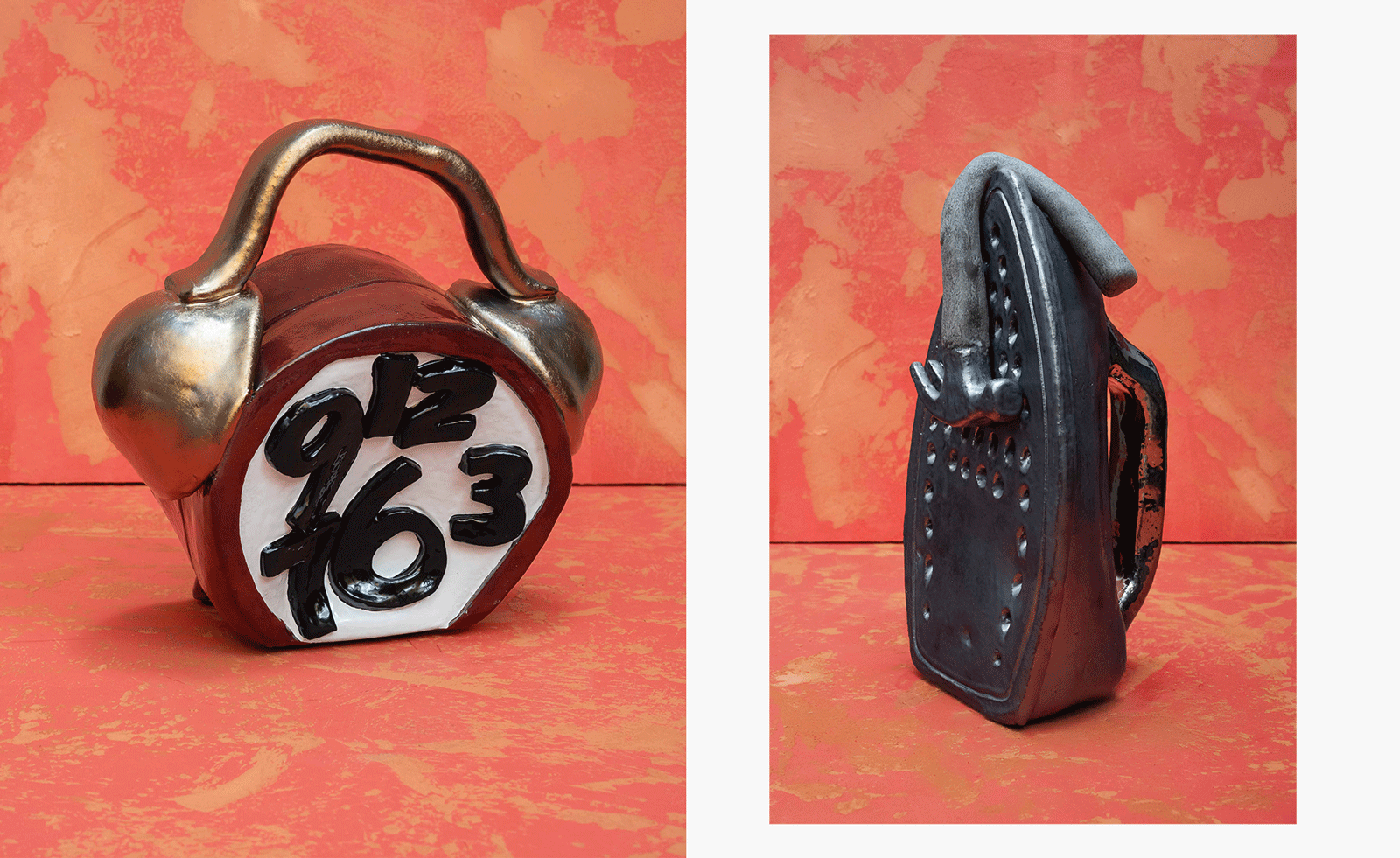 Sculptor Woody De Othello paints a Miami museum red for a show that ‘almost hugs you’
Sculptor Woody De Othello paints a Miami museum red for a show that ‘almost hugs you’The Miami-born, California-based artist opens his first museum exhibition in his hometown as an experiential journey through life and lifeless objects
-
 Alpine A390 GT: French, fast and fun. A sporting EV with a real sense of occasion
Alpine A390 GT: French, fast and fun. A sporting EV with a real sense of occasionAlpine doubles down on its fast electric credentials with the A390 GT, the French performance brand’s largest car to date
-
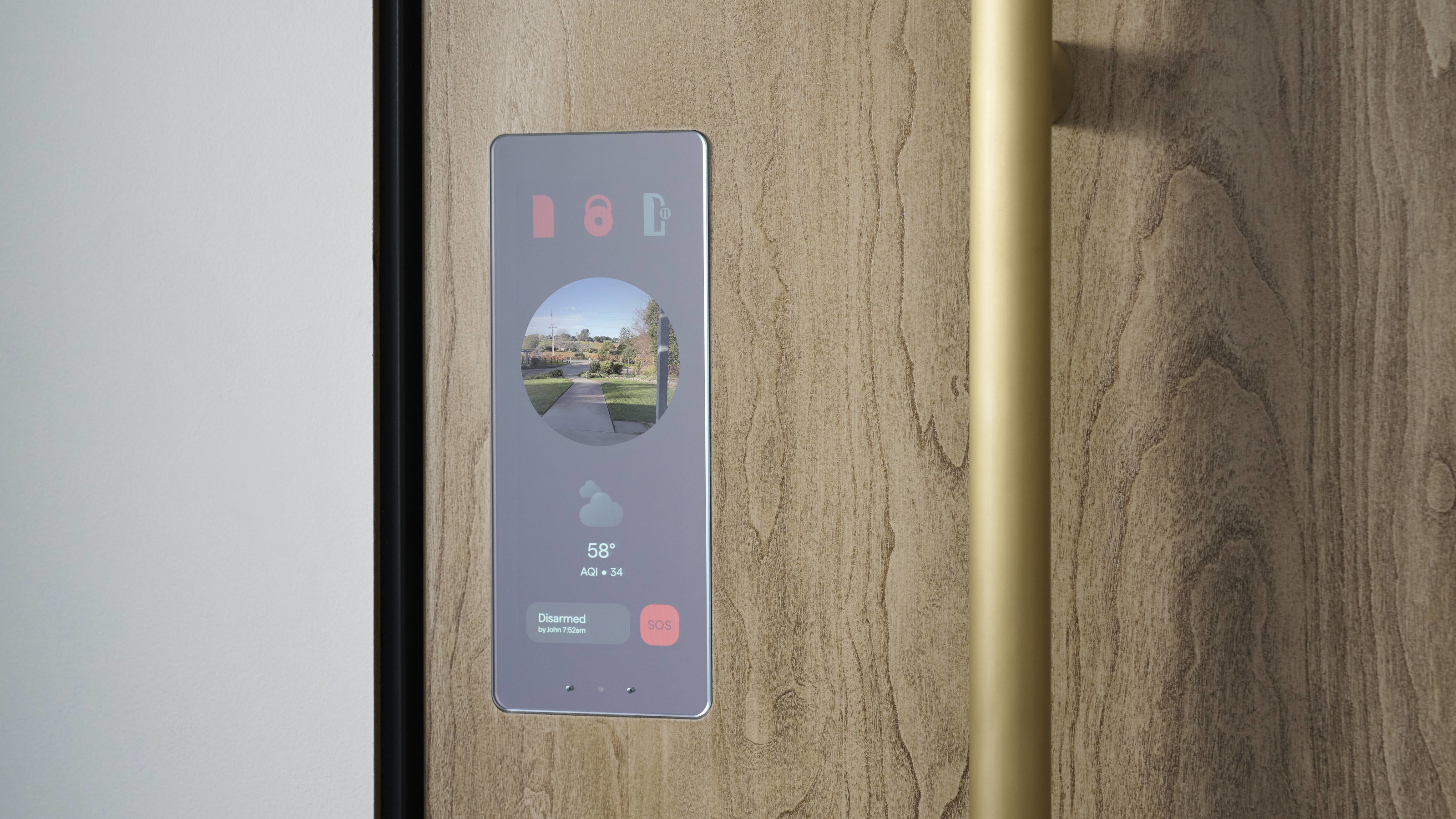 Forget smart homes, Doma's 'intelligent' doors open at the sight of a familiar face
Forget smart homes, Doma's 'intelligent' doors open at the sight of a familiar faceYves Béhar and Jason Johnson have founded Doma, a tech start-up dedicated to seamlessly integrating tech into your daily life
-
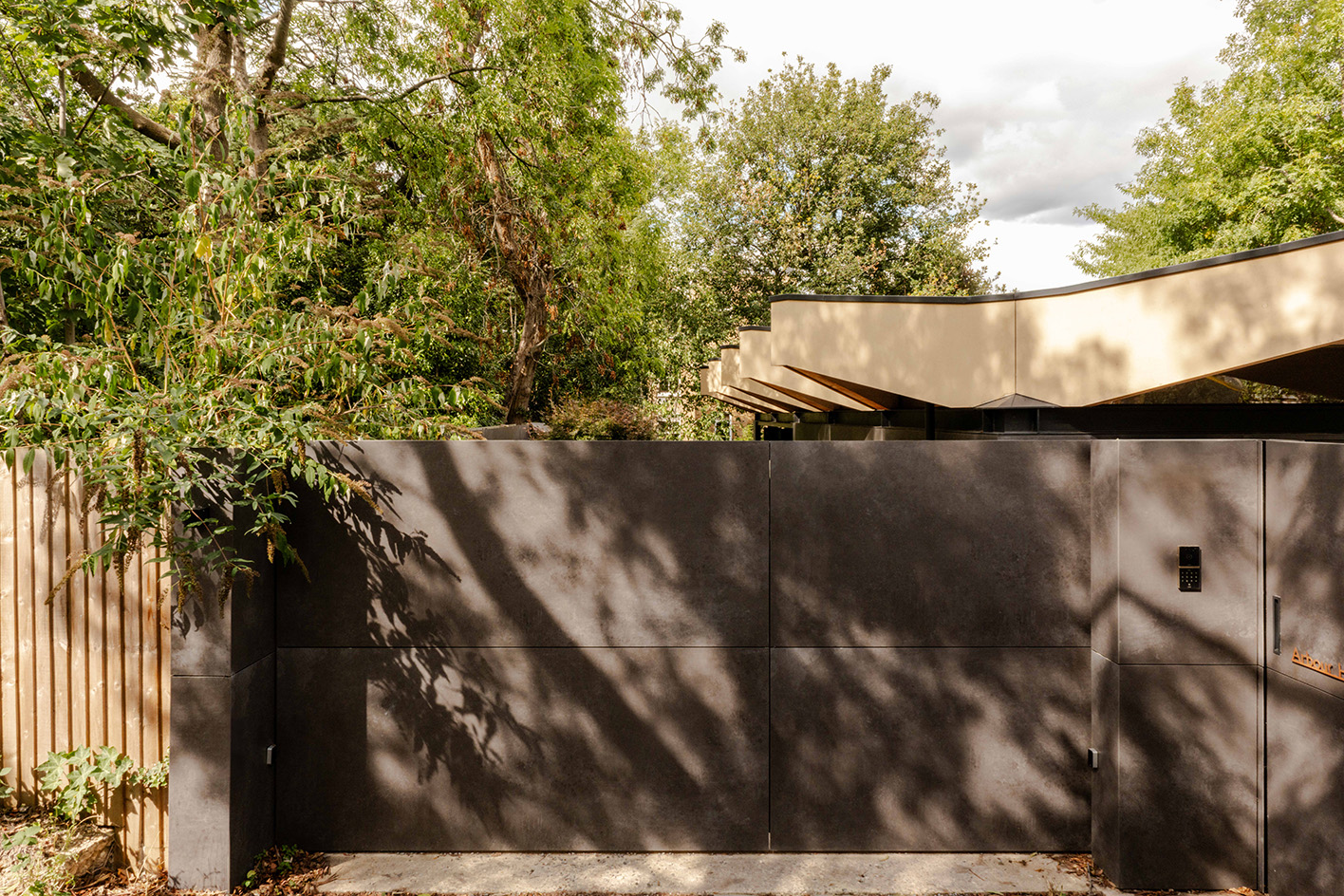 Arbour House is a north London home that lies low but punches high
Arbour House is a north London home that lies low but punches highArbour House by Andrei Saltykov is a low-lying Crouch End home with a striking roof structure that sets it apart
-
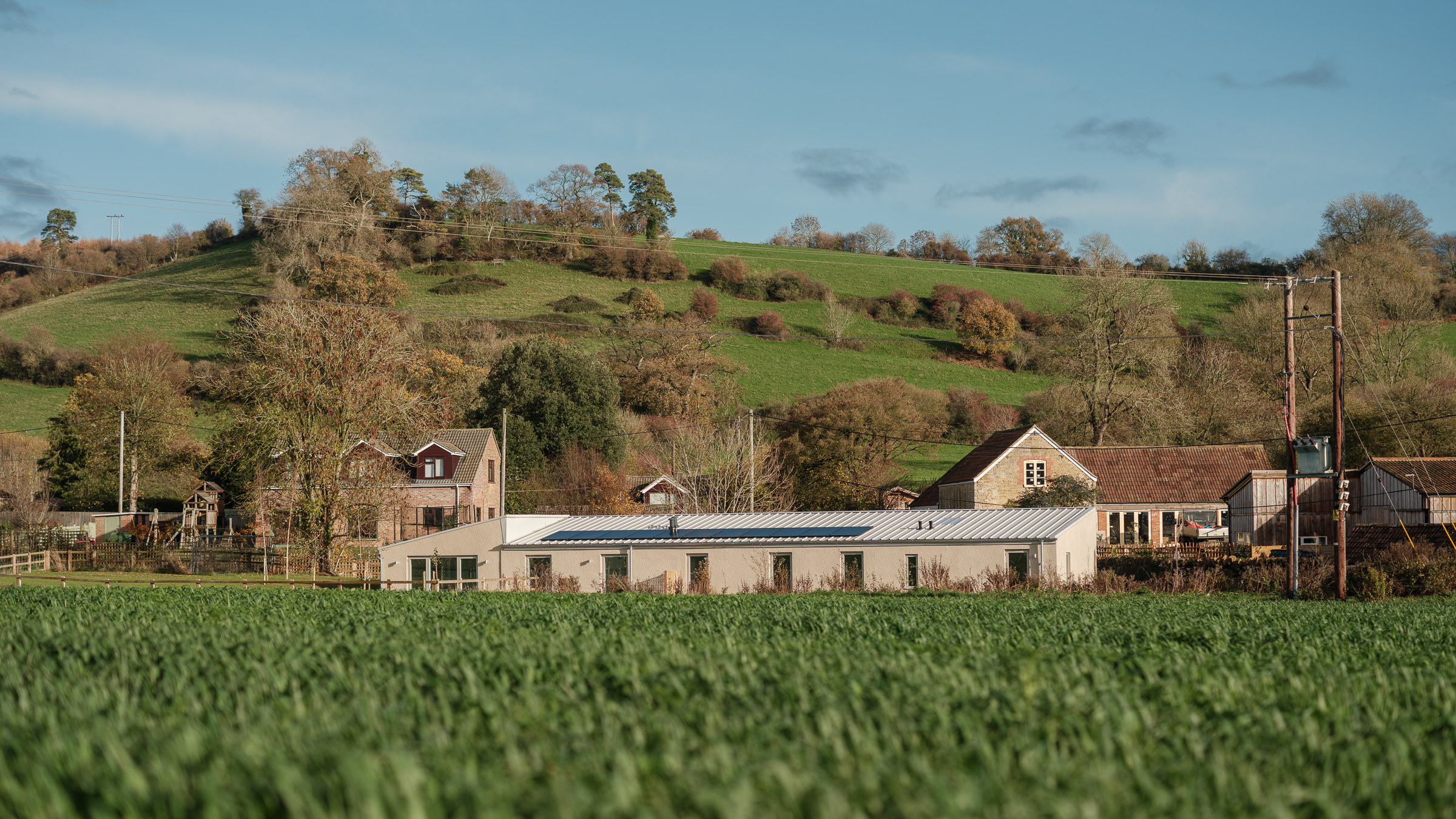 A former agricultural building is transformed into a minimal rural home by Bindloss Dawes
A former agricultural building is transformed into a minimal rural home by Bindloss DawesZero-carbon design meets adaptive re-use in the Tractor Shed, a stripped-back house in a country village by Somerset architects Bindloss Dawes
-
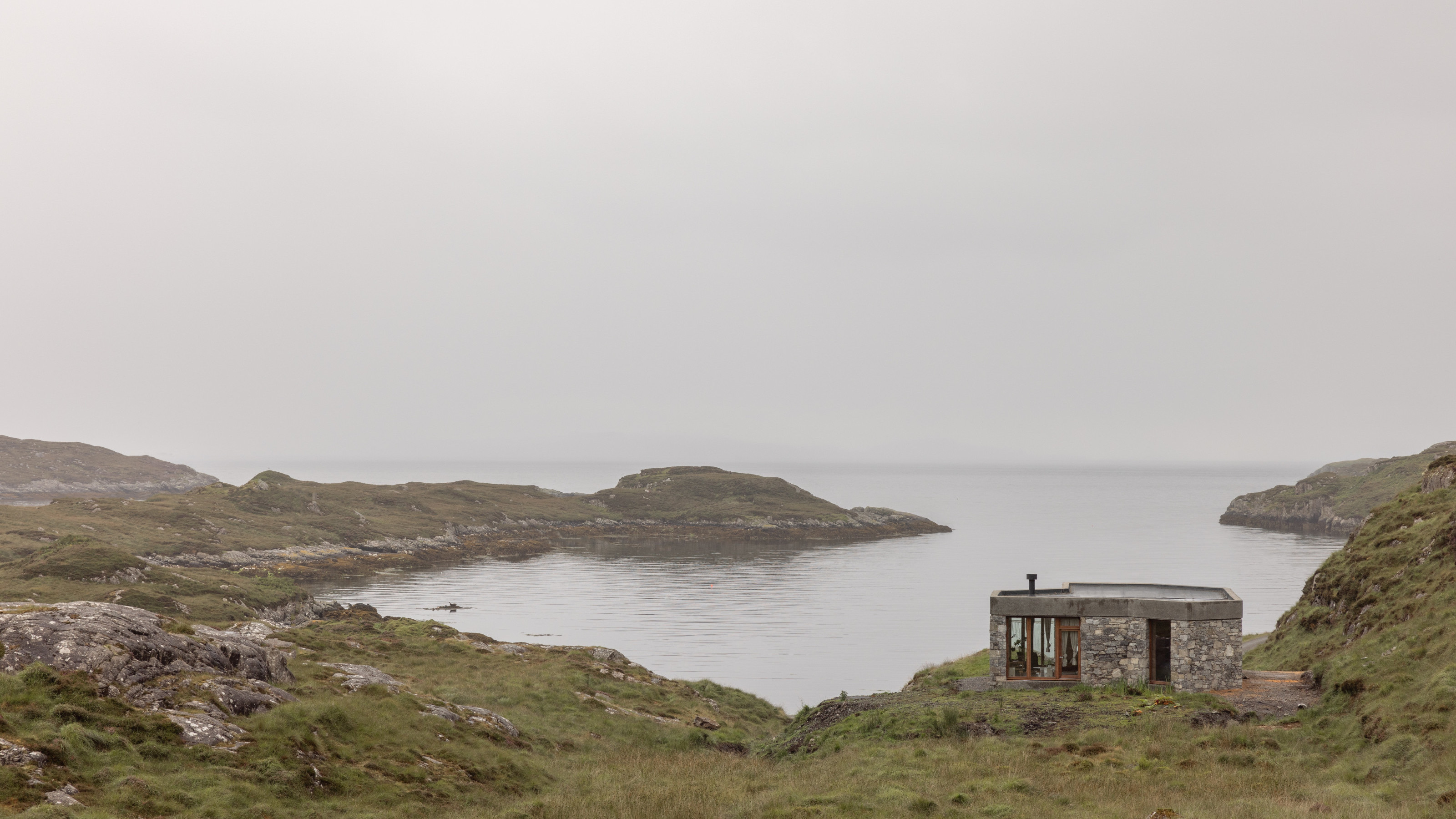 RIBA House of the Year 2025 is a ‘rare mixture of sensitivity and boldness’
RIBA House of the Year 2025 is a ‘rare mixture of sensitivity and boldness’Topping the list of seven shortlisted homes, Izat Arundell’s Hebridean self-build – named Caochan na Creige – is announced as the RIBA House of the Year 2025
-
 In addition to brutalist buildings, Alison Smithson designed some of the most creative Christmas cards we've seen
In addition to brutalist buildings, Alison Smithson designed some of the most creative Christmas cards we've seenThe architect’s collection of season’s greetings is on show at the Roca London Gallery, just in time for the holidays
-
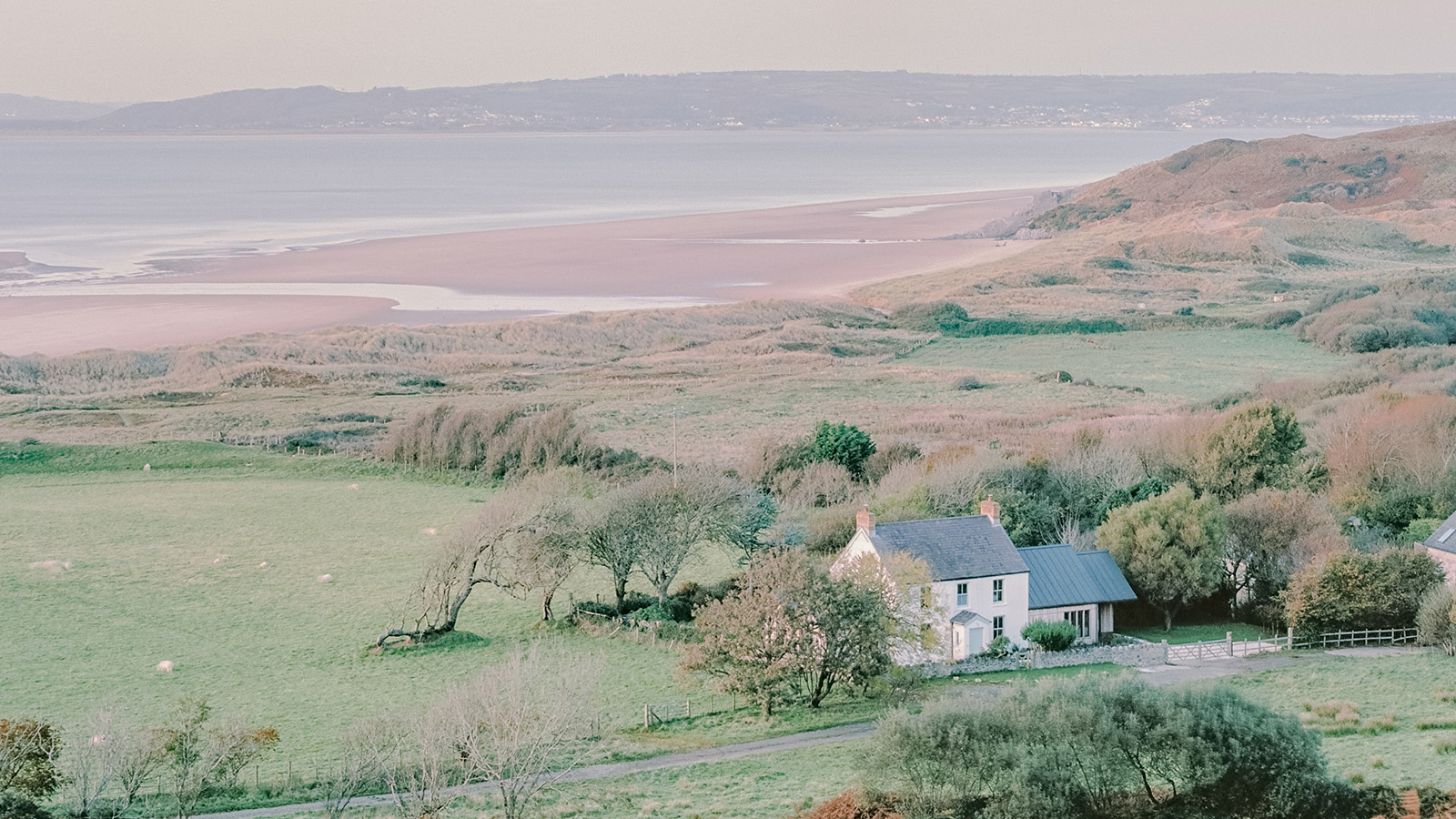 In South Wales, a remote coastal farmhouse flaunts its modern revamp, primed for hosting
In South Wales, a remote coastal farmhouse flaunts its modern revamp, primed for hostingA farmhouse perched on the Gower Peninsula, Delfyd Farm reveals its ground-floor refresh by architecture studio Rural Office, which created a cosy home with breathtaking views
-
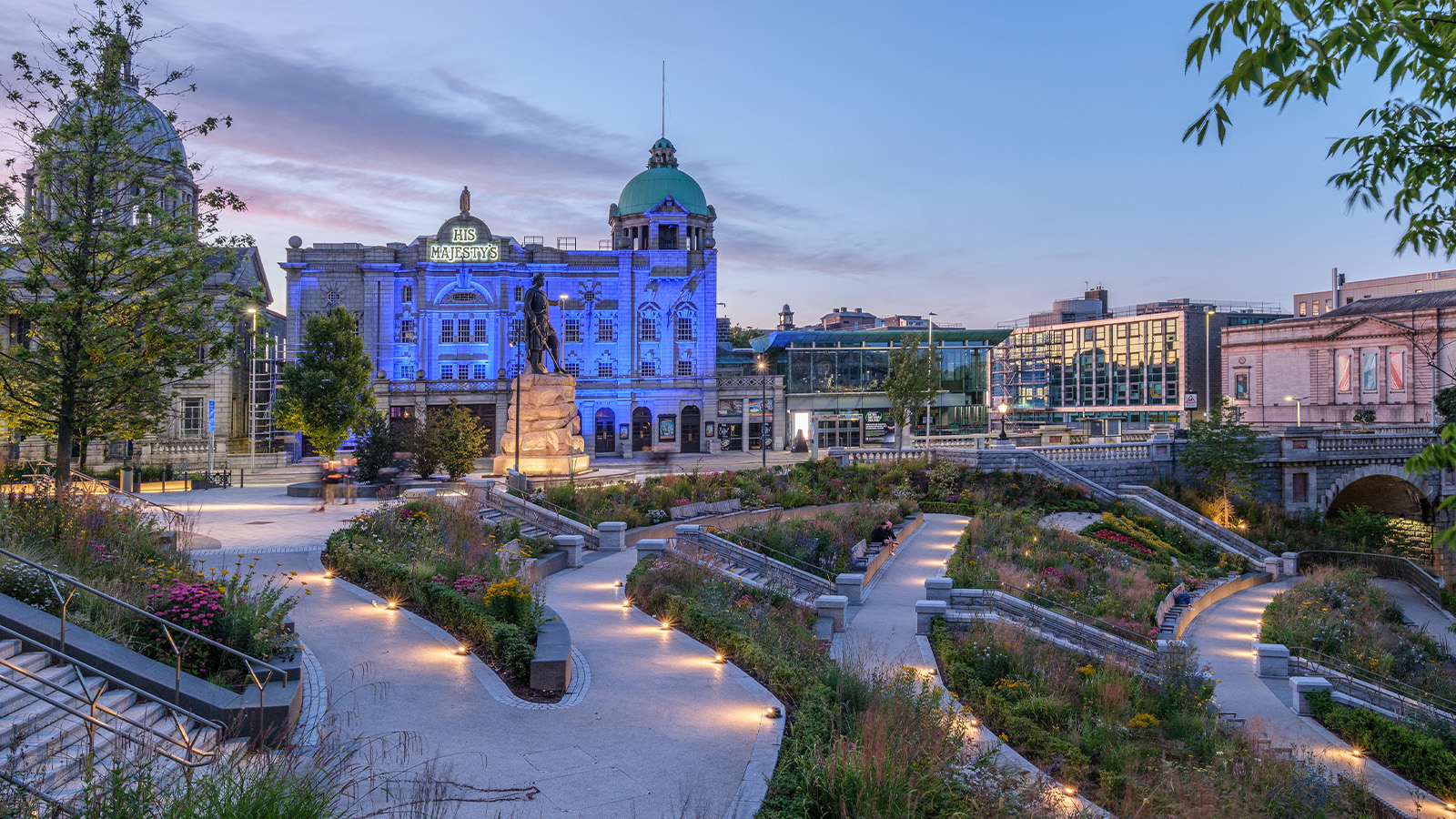 A revived public space in Aberdeen is named Scotland’s building of the year
A revived public space in Aberdeen is named Scotland’s building of the yearAberdeen's Union Terrace Gardens by Stallan-Brand Architecture + Design and LDA Design wins the 2025 Andrew Doolan Best Building in Scotland Award
-
 The Architecture Edit: Wallpaper’s houses of the month
The Architecture Edit: Wallpaper’s houses of the monthFrom wineries-turned-music studios to fire-resistant holiday homes, these are the properties that have most impressed the Wallpaper* editors this month
-
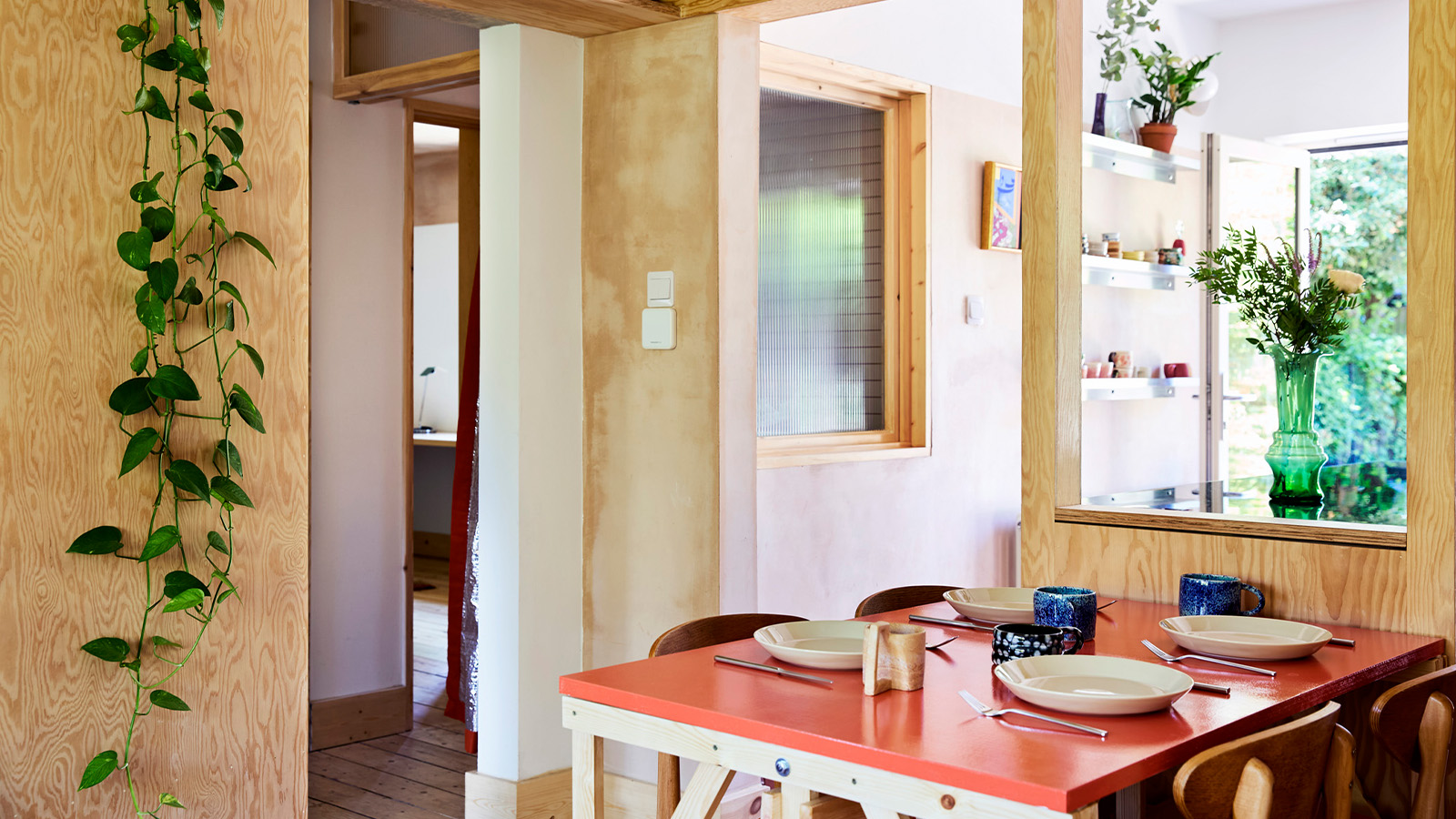 A refreshed 1950s apartment in East London allows for moments of discovery
A refreshed 1950s apartment in East London allows for moments of discoveryWith this 1950s apartment redesign, London-based architects Studio Naama wanted to create a residence which reflects the fun and individual nature of the clients